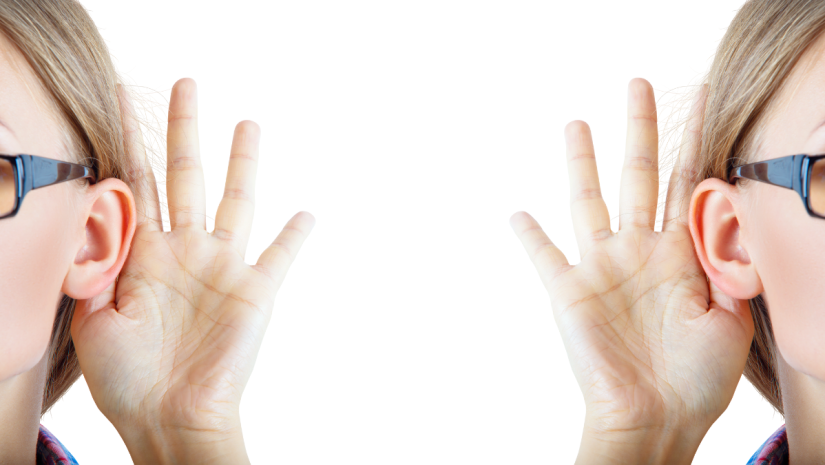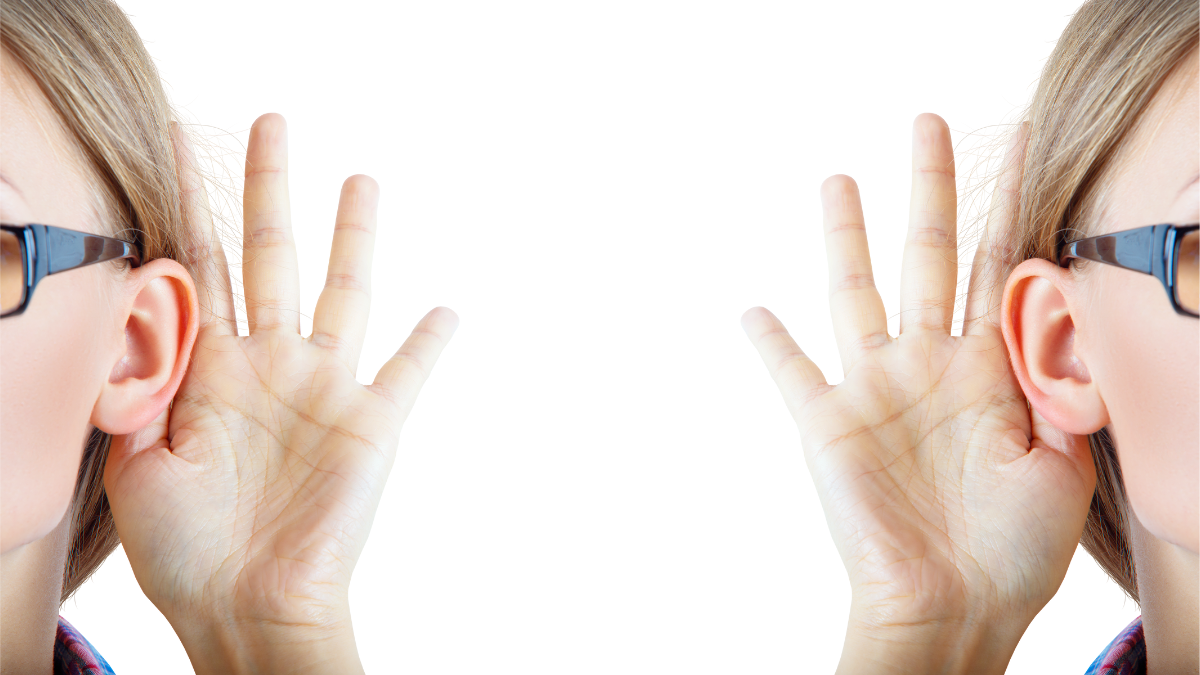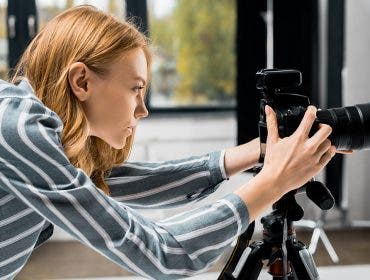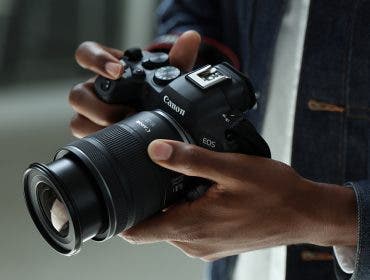Producing cinematic videos requires high-quality video and audio footage. One without the other simply does not work. As a videographer, you are tempted to invest in cinematic cameras and lenses, lighting equipment, and visual-related accessories. However, investing in microphones and audio production gear is equally important. Furthermore, just as you learn camera movements, lighting design, and storytelling, you must also learn audio recording techniques. This will enhance your work. Binaural audio is such a technique, and no less than the ‘purist’ one you can find.
What Is Binaural Audio?
Binaural audio is an audio recording technique that aims to reproduce the effect of human hearing. Two microphones record the sound coming from one source, like two ears hearing it. The binaural term comes from Latin and means two (bi) – ears (auris).
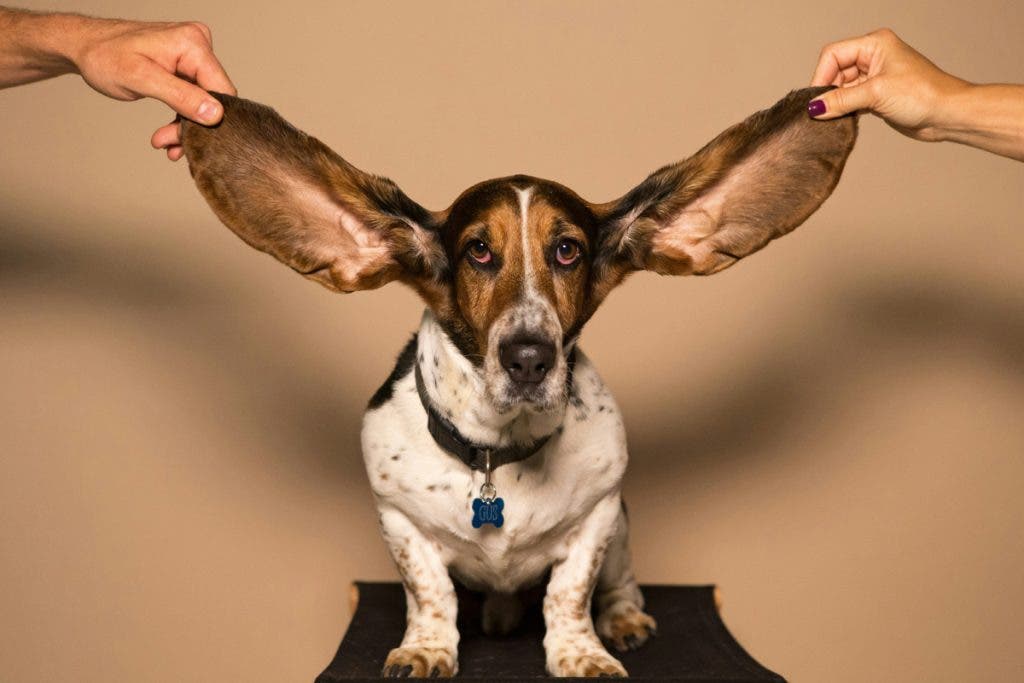
The microphones’ configuration is essential for achieving the right effect. They have to be positioned in such a way as to mimic the human ears’ features.
Binaural audio is not the ‘best’ sound you can record. Modern technology allows you to record stereo sound and immersive surround sound. Both of these carry more information and pose no time difference whatsoever. However, binaural audio aims to recreate the three-dimensional natural hearing effect, which is far from perfect. There are small time differences between our left and right ears, which we expect in a natural environment. That’s why, when attending a classical music concert, the experience you have depends on whether you are closer to the string section or the brass section.
Why Should You Use Binaural Audio for Your Videos
You should use binaural audio when your purpose is realism rather than aesthetics. However, you will still create a full immersive sound experience. The listener will notice the difference between binaural audio and regular stereo audio on headphones or carefully placed speakers. So, you should keep this in mind when deciding to use binaural audio. If your videos will most likely be listened to on headphones (e.g., podcasts, concert recordings, YouTube videos, etc.), you can offer your audience a more realistic experience by using binaural audio.
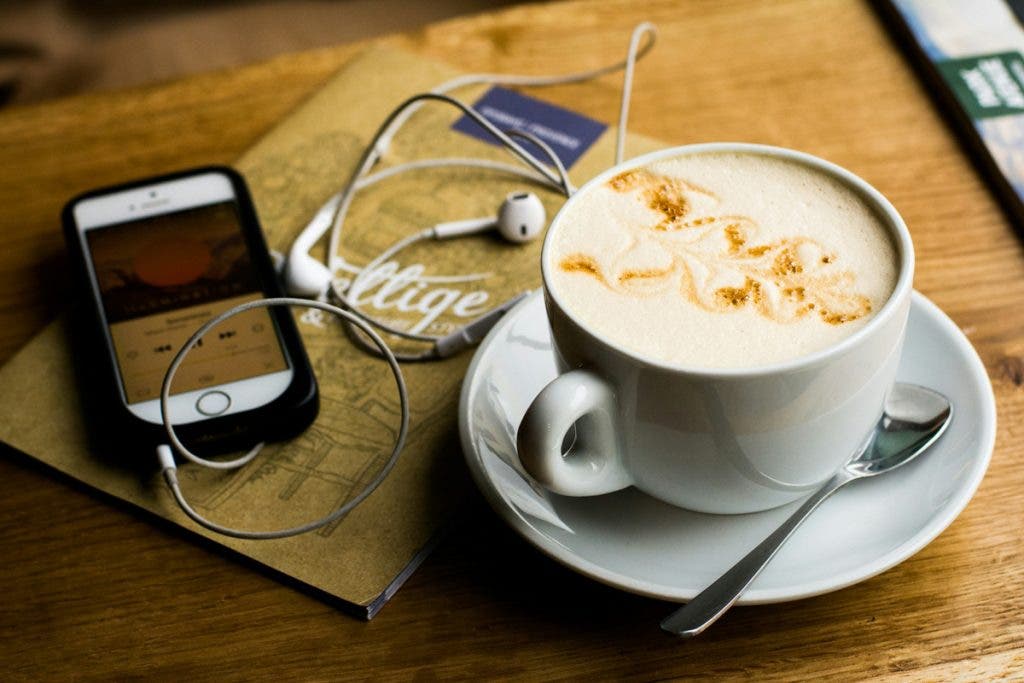
Binaural audio provides a complete experience, which is more beneficial for the listener. For example, the listener feels like they are in the middle of the action and can say which sounds come from the left and which from the right. That’s why virtual reality applications use binaural audio. Also, because it is so realistic, this type of sound is great for productions where the immersive experience is crucial, like concerts, sports events, or the creative use of first-person point-of-view scenes where the spatial sound is important. Think of a scene where the subject is being chased in the dark through a building with the bad guys closing in. You want the breathing, footsteps, and doors opening and closing all recorded as the subject is experiencing them.
Record the scene with the cameras first, and then again with the subject wearing binaural microphones in the ears and overlay the recorded sound on post to get the immersive experience.
How Binaural Audio Works
The human hearing system is a complex one. In short, it can tell which sounds come from which direction, including left, right, above, below, in front, and behind. It has to. Otherwise, we wouldn’t survive. To complicate things even more, the details of our hearing are dictated by our physical characteristics, such as the size and shape of our head and the folds and curves of our ears. No two people experience a sound in the same way.
Binaural audio tries to replicate this complex system by using two dedicated binaural microphones positioned at a head-width distance. The binaural microphones replicate the filtering the human ear does due to its folds and curves. Then, each of the two recordings is stored on a separate audio channel that will later be reproduced by either the left or right headphones speaker.
To record binaural audio accurately, sound engineers use a dummy head that replicates an average human head. The microphones are placed inside the dummy’s ear canals, just like the human receptors are. Then, the dummy is placed where the audience would be. For instance, if you record a podcast and would like the listener to feel as if they were sitting at the table and discussing with you, place the dummy head on the opposite side of the table from you and the average height of a sitting person.

Tips to Improve Your Videos with Binaural Audio
Play the realism card to the end. First, ensure that the position of the microphones relative to the audio source corresponds to a live audience. This means placing the dummy head at the right distance and height but also asking the recordist or someone else to wear the binaural microphones in their ears and stand where the audience is supposed to be. For example, when recording a quartet in a recital, ask the person wearing the microphones to take a seat in the room.
Then, choose a recording location that provides a realistic spatial effect. To continue the same examples, a discussion between two people may take place in a small room, but a quartet recital is usually hosted in a larger space, such as a concert hall or a church. The acoustic differs, so ensure you choose the right location. If you plan to add ambient sounds, choose an outdoor location and capture them whilst recording the binaural audio instead of adding them in post-production.
If you have both binaural audio and regular stereo audio footage to use in the same video, use post-processing software to create the binaural effect on the footage that was recorded differently. You can choose software such as SoundObject, Dolby Atmos, and AudioCube.
Equipment to Consider for Videos with Binaural Audio
Just like cinematic cameras, binaural microphones, and other gear that may help you achieve binaural audio are available in a wide variety. Here are our top choices that match any workflow, audio-video production type, and budget.
3Dio Free Space Binaural Microphone
The Free Space is an affordable binaural microphone that fits many purposes. It is lightweight and portable, meaning you can take it for an outdoor video shoot and record both content and ambient sounds. Instead of the heavy dummy head, the Free Space uses a stand with silicone ears and integrated Primo EM172 microphone capsules inside each of the prosthetic ear canals. It’s ideal for at-the-table podcast conversations, YouTube videos, filmmaking, and studio or field recordings.
The microphone can be handheld. But you can also connect it to a hot-shoe adapter or mount it onto a tripod or grip handle. It also comes with a removable 5/8″ microphone stand adapter.
Roland Binaural Microphones/Earphones
Roland’s binaural microphones/earphones are ideal for field recordings. You won’t find something more discrete and lightweight to produce the same high sound quality. Basically, they are high-quality earphones able to act as binaural microphones and record what the person wearing them hears in real time. The microphones have an omnidirectional polar pattern to ensure they record the sound just like the ear perceives it.
They are powered by the recorder, which may be Roland’s R-05 or R-09HR field recorder or other device with a stereo mini connector. The 1.5-meter-long cord is enough for any workflow and recording environment, whether the person wearing the microphones is walking or standing.
SonicPresence SP15 PRO On-Ear Binaural Stereo Microphone with Dual 3-Pin XLR Connector
The SP15 XLR is a good choice because it records 360-degree spatial audio on a two-channel stereo track that doesn’t require rendering software to be played back. In addition, the on-ear design means that the microphones stay in front of the ear canal, not inside, which is much more comfortable to wear in the long term.
You will also like this item if you have a cinema camera, mixing console, or portable sound recorder with XLR connectors because it features the Phantom Power 48 Volt Interface DIN45596 that works with them. A regular jack cable may lead to noise interference, something that doesn’t happen with XLR connectors.
The SP15 XLR is weather-resistant, hence suitable for outdoor use.
Blackmagic Design PYXIS 12K Cinema Camera
Binaural audio and cinematic video go well together. Both aim for the same three-dimensional, realistic feel. Furthermore, a cinema camera such as the PYXIS 12K features a mini XLR input with 48-volt Phantom Power and a complete streaming solution for YouTube, Facebook, and more. You can broadcast from anywhere, enchanting your audience with natural-looking images and natural-sounding audio.
In terms of video capabilities, the PYXIS 12K features a 12K full-frame sensor capable of recording 12K videos at 40 fps and 8K videos at 112 fps, cinematic slow motions, deep and accurate colors, and sharp details. The camera supports L-Mount, PL, and locking EF mount lens models to ensure you have all the artistic freedom you need.
Final Thoughts
Combining binaural audio with cinematic video offers a truly immersive experience that captivates audiences. It is definitely worth learning both audio and video techniques to produce a professional body of work. Choose the equipment that matches your workflow and provides the highest sound and image fidelity while remaining easy to use and versatile. The SonicPresence SP15 PRO binaural microphone paired with the Blackmagic Design PYXIS 12K cinema camera is a good example of gear synergy, a combo that checks all the boxes. Setups with fewer pieces of equipment that work seamlessly together simplify your workflow and allow you to focus on art rather than on technicalities.
